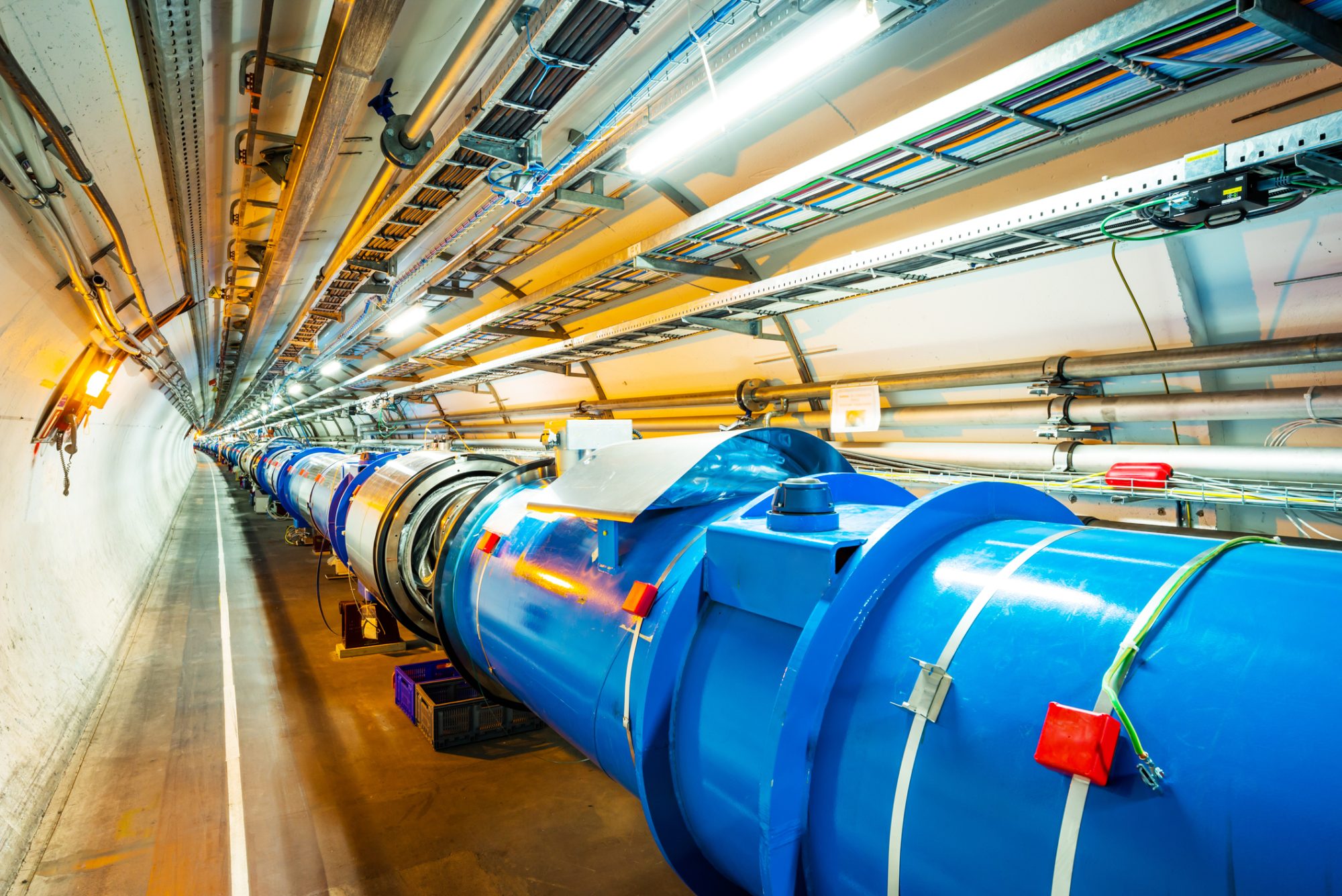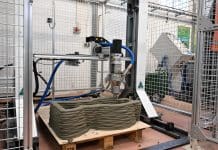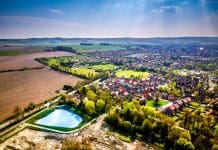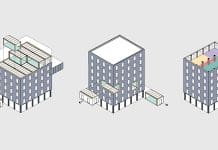A site is being investigated for its suitability for the construction of a feasibility project involving a new CERN particle collider
Feasibility work is being undertaken by Structural Soils, to support the construction of a new CERN particle collider.
The project and future collider is called the Future Circular Collider (FCC).
The new CERN particle collider will be more than three times as large as the LHC
The Large Hadron Collider (LHC), built in 1954, has a circumference of 27km. The FCC is currently planned to have a circumference of 91km, more than three times bigger than the LHC.
The project is expected to further push the boundaries of science and physics by expanding capabilities with particle physics.
Structural Soils, a company part of the RSK Group, will carry out work investigating the geology of the chosen location to determine its suitability for construction of the new CERN particle collider.
The location chosen for the CERN particle collider is in the Haute-Savoie region of France, south of Geneva, Switzerland.
The project began in late September and will run for six months
Structural Soils director, Mike Williams, said: “The site investigation will examine critical areas to reduce any uncertainty surrounding the geological conditions. The emphasis for our team is to review and quantify potential construction risks. This includes a focus on identifying suitable, consistent tunnelling strata, investigating potential high water pressures in the strata and ascertaining the levels of natural gas in the ground.
“The Structural Soils team is incredibly excited about the opportunity to contribute its ground investigation skills to such a globally important and prestigious project. We are collaborating with two companies as part of a joint venture to deliver this work for CERN: Smart Seismic Solutions (S3), a French geophysics company, and Geotec SPA, an Italian firm specialising in deep drilling. Together, we form the consortium known as SGS3.”
“Our work involves a wide range of ground investigation techniques, including project management of a large-scale site investigation, in-situ testing, geological logging and sampling, geophysical surveys, and laboratory testing – all conducted by our expert team at Structural Soils. As the lead contractor within the consortium, we are also coordinating the efforts of our partners to ensure the project runs smoothly.
“Our work will be crucial in terms of reducing the construction risk for underground works, but also the environmental aspects. It will be important for Structural Soils to work with the larger team to confirm the ground conditions to aid with the design of the best tunnel footprint alignment to advance further studies at CERN. We are committed to performing this work with minimal disruption to the local population and in strict compliance with environmental standards. Drawing on our previous experience with similar projects and working closely with local and regional stakeholders, we ensure that all activities are conducted responsibly and sustainably, with safety and environmental care as top priorities.
“As part of this process, we will be producing a realistic geological underground model along with a geological profile for every location. This will hopefully provide a template for future main site investigations and our work will support plans for future civil engineering underground works. This will all contribute to the input required for the next European Strategy Update for Particle Physics in 2026/2027.”














![[VIDEO] Komatsu showcases lunar construction machinery concepts at CES 2025 Attendees at CES 2025 in Las Vegas view Komatsu’s concept for lunar construction equipment in the global manufacturing giant’s booth in West Hall. (Photo: Business Wire)](https://www.pbctoday.co.uk/news/wp-content/uploads/2025/01/komatsu-lunar-construction-2-218x150.jpg)
